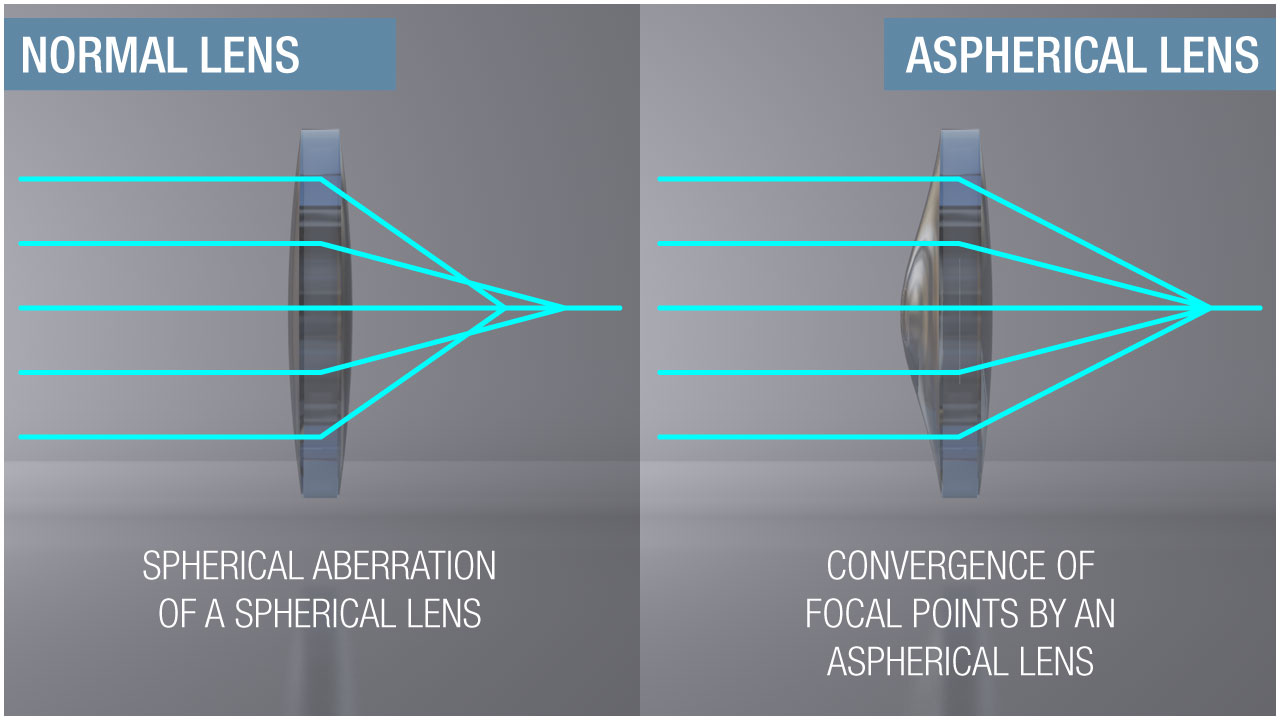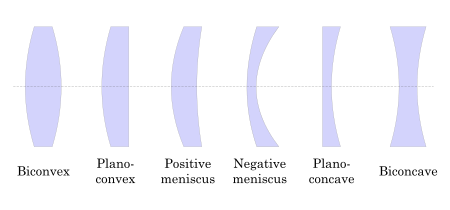Alaskan
0
- Joined
- Jan 29, 2014
- Messages
- 12,025
- Points
- 113
Anyone here care to speculate the possible reasons why a very large Zerodur lens I found on ebay has a very pronounced curve on one side while a very shallow one on the other, one side so shallow I had to look close to make sure it isn't plano on that side? Maybe this is an all too basic question, but being new to optics I'm curious about the possibilities.
http://www.ebay.com/itm/390820422881

I opened the cell on this monster to measure the diameter of the lens at a full twelve inches. Although I cannot see any color in the glass while looking through the center, after opening the cell I can see that the edge of the lens has somewhat of a yellow tint to it, so I believe it is made from Zerodur, likely made for infrared use. I would probably be astounded at the original cost of this thing, I imagine many thousands of dollars.
http://www.ebay.com/itm/390820422881
I opened the cell on this monster to measure the diameter of the lens at a full twelve inches. Although I cannot see any color in the glass while looking through the center, after opening the cell I can see that the edge of the lens has somewhat of a yellow tint to it, so I believe it is made from Zerodur, likely made for infrared use. I would probably be astounded at the original cost of this thing, I imagine many thousands of dollars.
Last edited:








